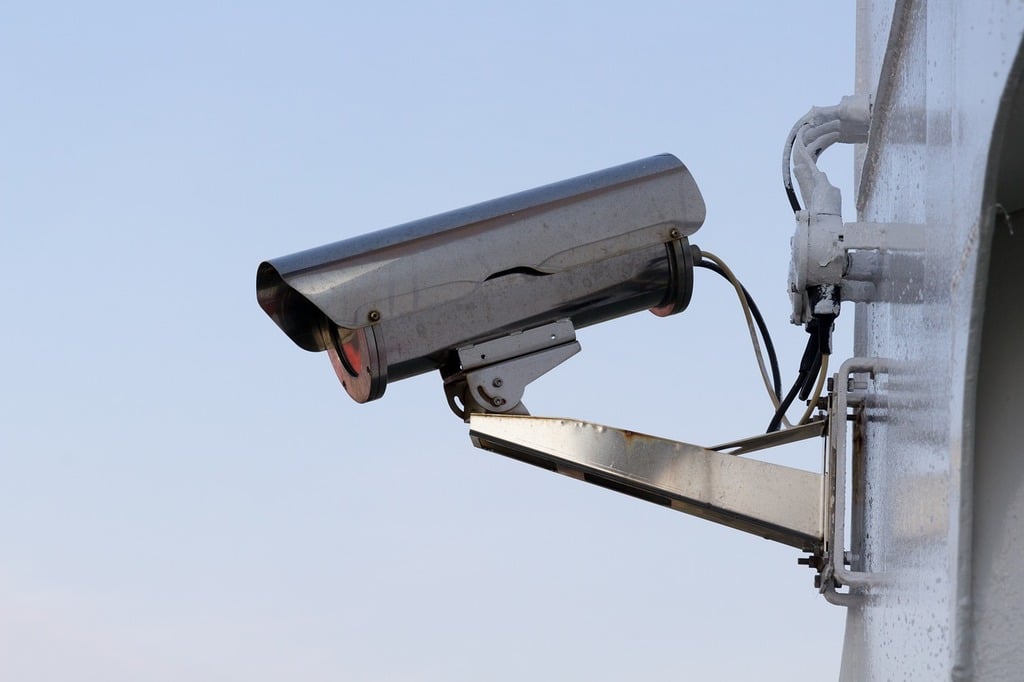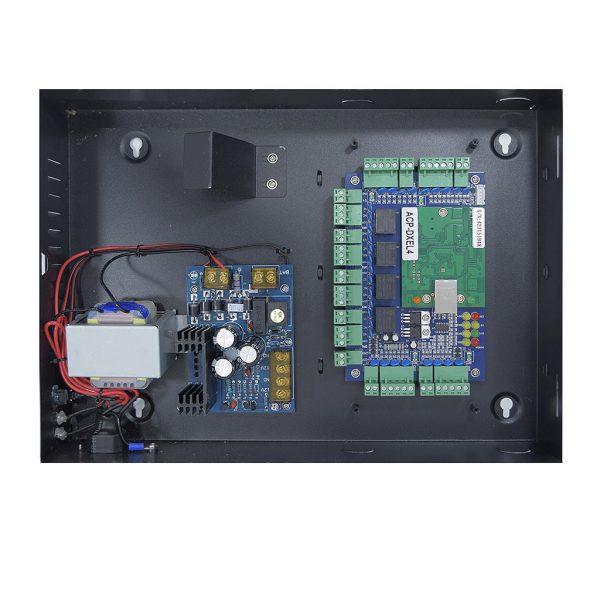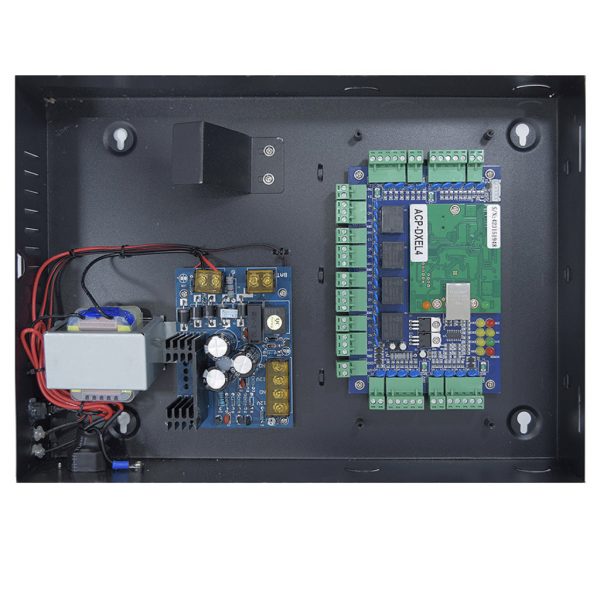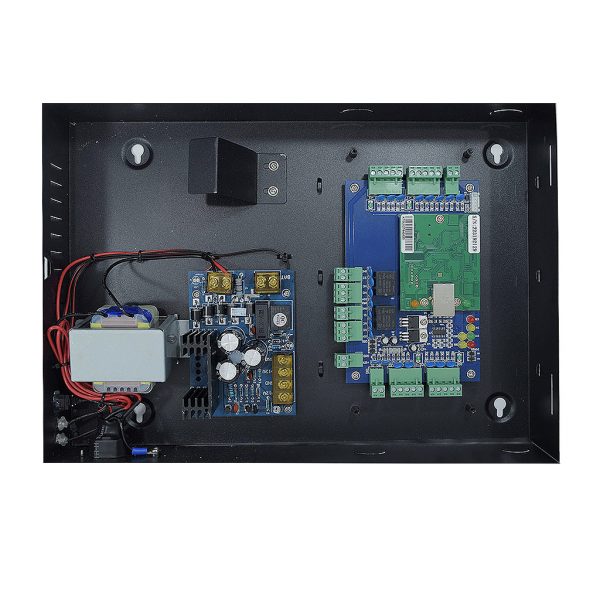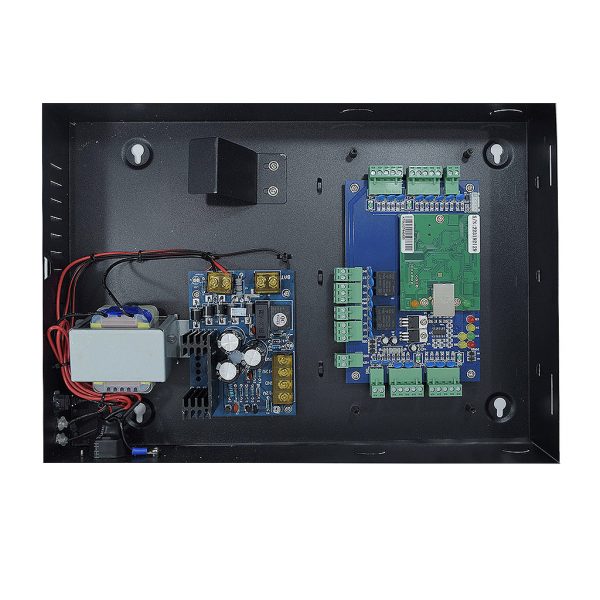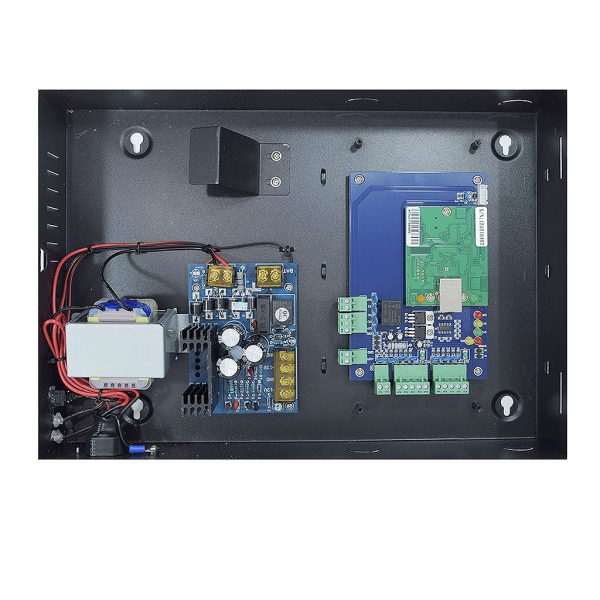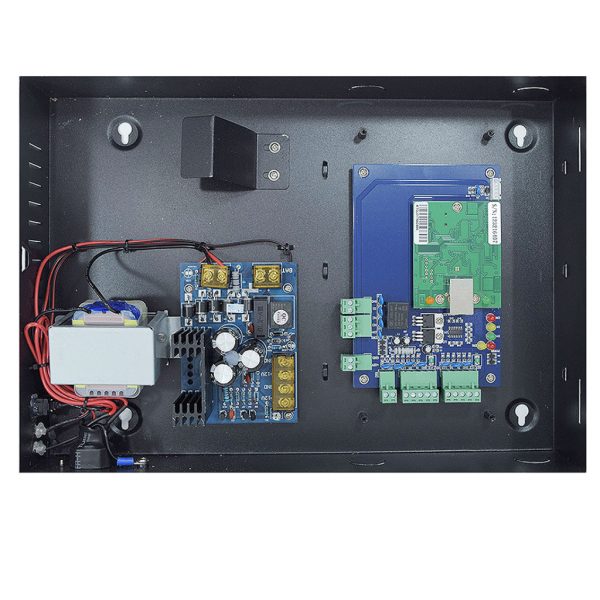Access control for security cameras is a system that regulates who can access and control surveillance equipment and recorded footage. It is an essential aspect of modern security systems, ensuring that only authorized personnel can view or manage the cameras and their data. This guide explores the components, benefits, and implementation of access control for security cameras.
Components of Access Control Systems
- User Authentication:
- User Accounts: Each user is provided with a unique account that requires a username and password to access the system.
- Multi-Factor Authentication (MFA): Adds an extra layer of security by requiring multiple forms of verification, such as a password and a code sent to a mobile device.
- Permissions and Roles:
- Role-Based Access Control (RBAC): Assigns specific roles to users, such as admin, operator, or viewer, each with different levels of access and control over the cameras.
- Granular Permissions: Allows administrators to define precise permissions for each user, determining what they can view or control.
- Logging and Monitoring:
- Audit Logs: Records all access attempts, successful logins, and actions taken by users, providing a trail for monitoring and auditing.
- Real-Time Alerts: Notifies administrators of unauthorized access attempts or suspicious activities.
- Integration with Other Systems:
- Physical Access Control: Integrates with physical access control systems, such as key card readers or biometric scanners, to restrict access to camera control rooms.
- Network Security: Works alongside network security measures, such as firewalls and intrusion detection systems, to protect the digital infrastructure.
Benefits of Access Control for Security Cameras
- Enhanced Security:
- Restricted Access: Limits access to surveillance footage and camera controls to authorized personnel only, reducing the risk of tampering or misuse.
- Data Protection: Protects sensitive video data from unauthorized viewing or distribution.
- Accountability and Auditability:
- User Accountability: Ensures that every action taken within the system can be traced back to a specific user, promoting accountability.
- Detailed Logs: Maintains comprehensive logs of all access attempts and activities, which can be reviewed during security audits or investigations.
- Improved Management:
- Centralized Control: Allows administrators to manage user access and permissions from a central interface, simplifying the administration process.
- Scalability: Can be scaled to accommodate growing numbers of users and cameras, making it suitable for both small and large security systems.
- Compliance with Regulations:
- Regulatory Compliance: Helps organizations comply with data protection regulations and industry standards by ensuring secure access to surveillance data.
Implementing Access Control for Security Cameras
- Assess Security Needs:
- Identify Requirements: Determine the specific security needs of your organization, including the number of users, cameras, and the level of access required.
- Select Appropriate Technologies: Choose access control technologies that align with your security goals, such as MFA, RBAC, and integration with existing systems.
- Set Up User Accounts and Roles:
- Create User Accounts: Set up accounts for all authorized personnel, ensuring each account has a unique username and strong password.
- Assign Roles and Permissions: Define roles and assign appropriate permissions to each user based on their responsibilities.
- Configure Authentication Methods:
- Enable Multi-Factor Authentication: Implement MFA to add an extra layer of security to user accounts.
- Integrate with Physical Access Control: Ensure that access to physical control rooms is restricted through key card readers or biometric scanners.
- Monitor and Audit Access:
- Enable Logging: Set up audit logs to record all access attempts and user activities within the system.
- Review Logs Regularly: Regularly review audit logs to identify any unauthorized access attempts or suspicious activities.
- Educate and Train Users:
- User Training: Provide training for all users on the importance of access control and how to use the system securely.
- Security Awareness: Promote a culture of security awareness within the organization to encourage adherence to access control policies.
I am text block. Click edit button to change this text. Lorem ipsum dolor sit amet, consectetur adipiscing elit. Ut elit tellus, luctus nec ullamcorper mattis, pulvinar dapibus leo.
Related Products
Frequently Asked Questions (FAQ)
- What is the purpose of access control for security cameras?
- Access control ensures that only authorized personnel can access and manage surveillance cameras and footage, enhancing security and data protection.
- How does Role-Based Access Control (RBAC) work?
- RBAC assigns specific roles to users, each with different levels of access and control, allowing for granular permission settings.
- What are the benefits of using Multi-Factor Authentication (MFA)?
- MFA adds an extra layer of security by requiring multiple forms of verification, making it more difficult for unauthorized users to gain access.
- Can access control systems integrate with physical security measures?
- Yes, access control systems can integrate with physical access control measures, such as key card readers or biometric scanners, to enhance overall security.
- How often should audit logs be reviewed?
- Audit logs should be reviewed regularly, at least once a month or more frequently if your organization has higher security needs.

